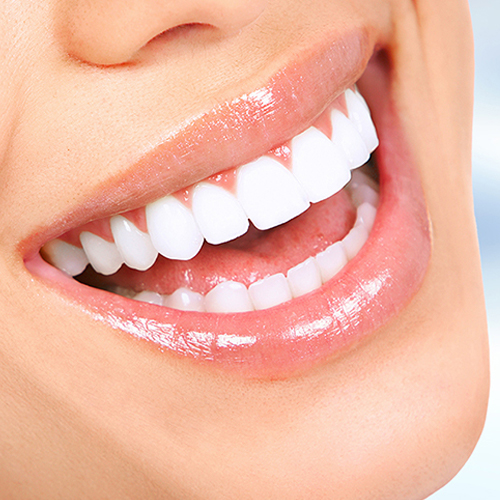Cosmetic dentistry encompasses a variety of dental procedures aimed at improving the appearance of your teeth, gums, and overall smile. Whether you have discolored, chipped, misaligned, or missing teeth, cosmetic dentistry can provide solutions that enhance your smile and boost your confidence. This guide will explore the different types of cosmetic dental procedures, their benefits, and what to expect during the treatment process.
What is Cosmetic Dentistry?
Cosmetic dentistry focuses on improving the aesthetics of your smile, including the color, position, shape, size, alignment, and overall appearance of your teeth. While some cosmetic procedures also improve dental function, their primary goal is to enhance the visual appeal of your smile.
Common Cosmetic Dentistry Procedures
-
Teeth Whitening
- Description: A procedure that lightens the color of your teeth using bleaching agents.
- Methods: In-office professional whitening, take-home whitening kits, and over-the-counter products.
- Benefits: Brightens your smile, removes stains and discoloration, quick results.
-
Dental Veneers
- Description: Thin, custom-made shells of porcelain or composite resin that cover the front surface of teeth.
- Uses: Corrects discoloration, chips, cracks, gaps, and minor misalignments.
- Benefits: Natural appearance, stain-resistant, durable.
-
Dental Bonding
- Description: A tooth-colored resin material is applied and hardened with a special light to bond to the tooth.
- Uses: Repairs chipped, cracked, or decayed teeth, closes gaps, changes tooth shape.
- Benefits: Cost-effective, quick procedure, enhances appearance.
-
Dental Crowns
- Description: A cap that covers and restores a damaged tooth to its normal shape, size, and function.
- Uses: Protects weak teeth, restores broken teeth, supports large fillings, holds dental bridges.
- Benefits: Strengthens teeth, improves appearance, long-lasting.
-
Inlays and Onlays
- Description: Custom-made restorations that fit into or onto a damaged tooth, made from porcelain, gold, or composite resin.
- Uses: Treats decayed or damaged teeth that are too extensive for fillings but not enough for crowns.
- Benefits: Preserves more of the natural tooth structure, durable, blends with natural teeth.
-
Dental Implants
- Description: Artificial tooth roots made of titanium that are surgically placed into the jawbone, supporting replacement teeth.
- Uses: Replaces missing teeth, supports dental bridges and dentures.
- Benefits: Long-lasting, natural appearance, preserves jawbone health.
-
Orthodontics
- Description: Treatments such as braces or clear aligners to straighten and align teeth.
- Uses: Corrects crooked teeth, gaps, overbites, underbites, and crossbites.
- Benefits: Improves smile aesthetics, enhances dental function, boosts oral health.
-
Gum Contouring
- Description: Reshaping the gum line to improve the appearance of your teeth and smile.
- Uses: Corrects a gummy smile, uneven gum line, or receding gums.
- Benefits: Creates a more symmetrical smile, enhances tooth appearance.
-
Tooth Reshaping and Contouring
- Description: Removing small amounts of enamel to change the shape, length, or surface of teeth.
- Uses: Fixes minor imperfections such as irregularly shaped, chipped, or overly long teeth.
- Benefits: Quick and painless, immediate results, enhances smile harmony.
Benefits of Cosmetic Dentistry
- Enhanced Appearance: Achieves a more attractive and balanced smile.
- Improved Self-Confidence: Boosts self-esteem and satisfaction with your appearance.
- Better Oral Health: Some cosmetic procedures also improve dental health and function.
- Long-Lasting Results: Many cosmetic treatments offer durable and long-lasting results.
- Customized Solutions: Tailored to meet your specific aesthetic goals and dental needs.
The Cosmetic Dentistry Process
-
Consultation and Evaluation
- Assessment: Your dentist will examine your teeth, discuss your goals, and recommend suitable cosmetic treatments.
- Planning: A personalized treatment plan is developed based on your dental health and aesthetic preferences.
-
Treatment
- Procedures: Depending on the chosen treatments, your dentist will perform the necessary procedures to enhance your smile.
- Duration: The duration of cosmetic treatments varies, from a single visit for teeth whitening to several months for orthodontics.
-
Aftercare and Maintenance
- Oral Hygiene: Maintain good oral hygiene by brushing and flossing regularly.
- Follow-Up Visits: Regular dental check-ups are important to monitor the results and maintain oral health.
- Lifestyle: Avoid habits that can damage your teeth, such as smoking and chewing hard objects.
Risks and Considerations
As with any dental treatment, cosmetic dentistry carries some risks, including:
- Sensitivity: Some procedures may cause temporary tooth sensitivity.
- Maintenance: Certain treatments, like veneers or bonding, may require replacement or repair over time.
- Cost: Cosmetic dentistry can be expensive, and not all procedures are covered by insurance.
Choosing a skilled and experienced cosmetic dentist is crucial to minimizing these risks and achieving the best possible outcome.


